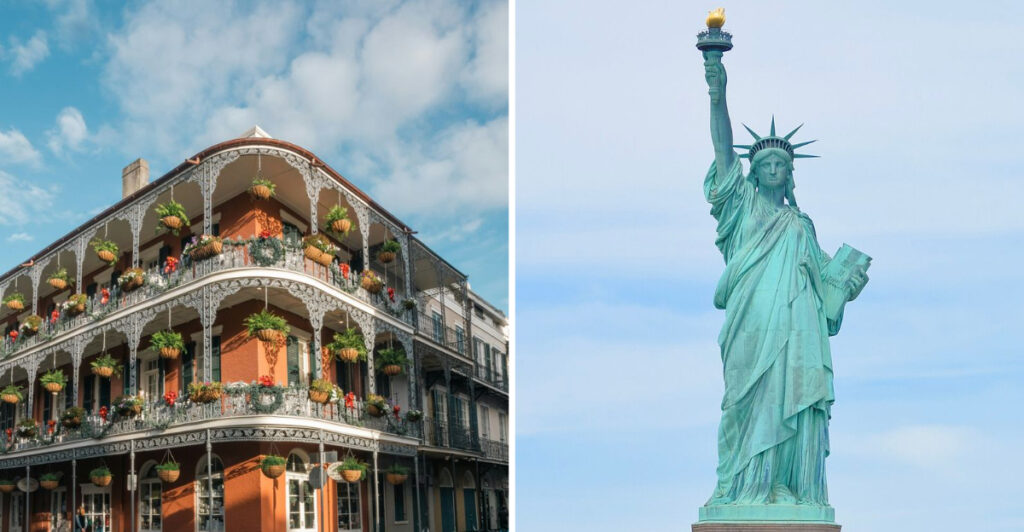Explore some of America’s most historic landmarks, each holding a unique place in the tapestry of the nation’s history. These sites offer a glimpse into the past and are threatened by neglect, environmental challenges, or modern development. Before they disappear, seize the opportunity to witness their rich stories and cultural significance firsthand.
Ellis Island Immigration Station
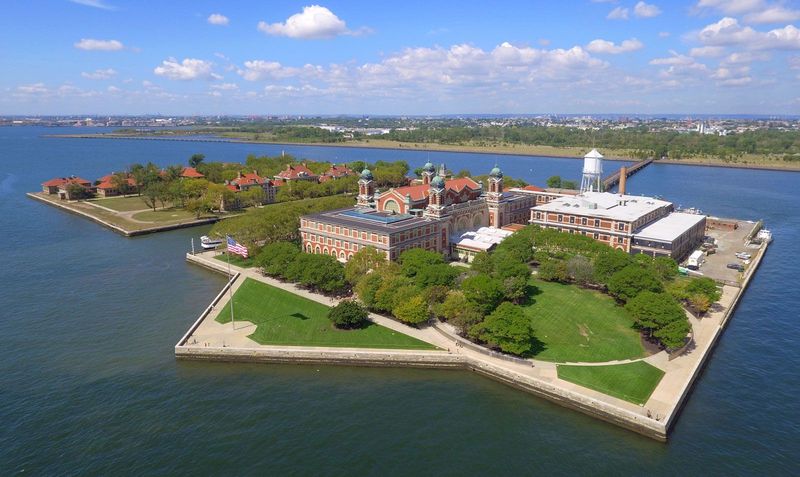
On the threshold of a new life, millions of immigrants passed through Ellis Island. This entry point to the American dream saw a myriad of cultures converge in the early 20th century. Imagine the echoes of different languages as hopeful souls awaited processing.
The main building, with its grand halls and ornate architecture, stands as a testament to these journeys. Despite its fame, the island faces the threats of rising sea levels and erosion.
A visit now allows one to walk through history and feel the palpable stories of hope, struggle, and perseverance.
Mesa Verde Cliff Dwellings
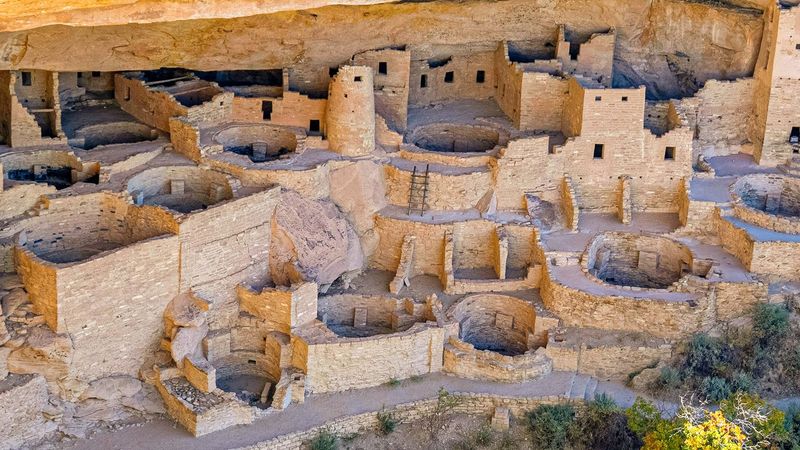
Nestled in the rugged landscape of Colorado, the Mesa Verde Cliff Dwellings are a window into the lives of the Ancestral Puebloans. These structures, ingeniously carved into cliffs, housed communities over 700 years ago.
Walking among them, one can sense the innovation and resilience it took to thrive in such an environment. Unfortunately, natural decay threatens these remarkable sites.
Visitors are urged to marvel at the meticulous stonework and envision community life in a bygone era. The dwellings are a breathtaking reminder of human adaptability and rich indigenous history.
New Orleans French Quarter
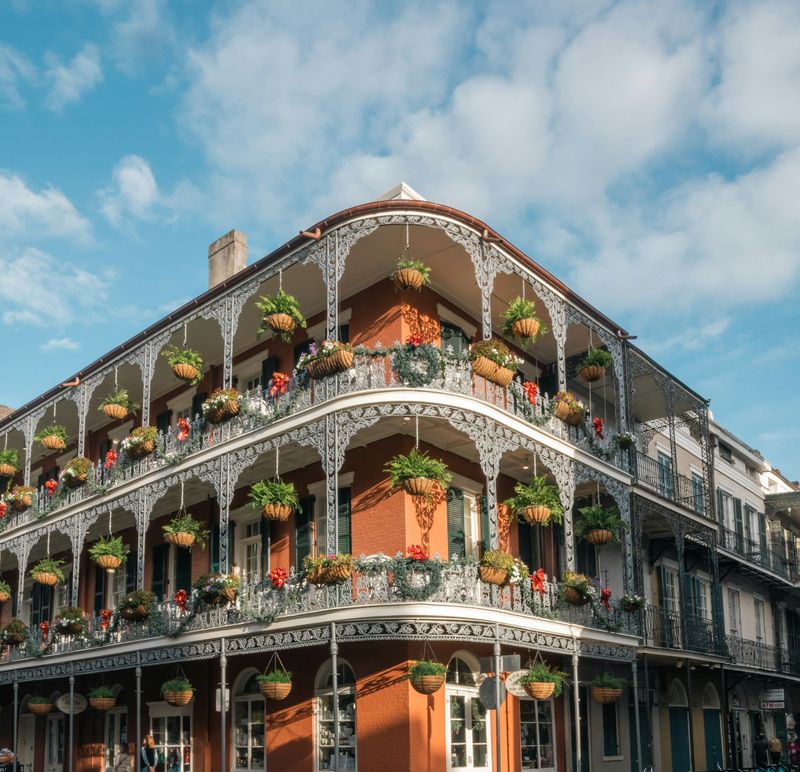
In the heart of New Orleans, the French Quarter sings with history and vibrancy. Its cobblestone streets and wrought-iron balconies are reminiscent of a time gone by. The blend of French, Spanish, and Creole influences is palpable in every corner.
Yet, this historic district faces threats from hurricanes and subsidence. Each building whispers tales of jazz legends and cultural melange that define the city.
Walking through the Quarter, one can almost hear the music and feel the lively atmosphere that has charmed visitors for generations. It’s a cultural treasure that demands preservation.
Alcatraz Island
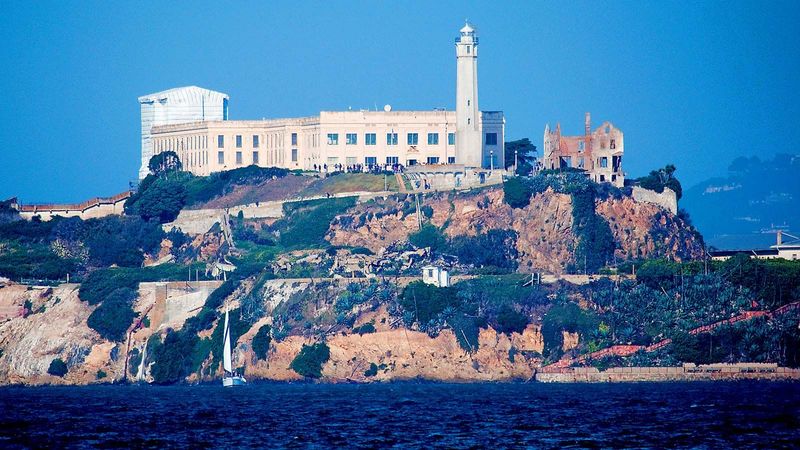
Perched in the San Francisco Bay, Alcatraz Island is synonymous with escape and intrigue. Once a formidable prison, it housed some of America’s most notorious criminals. The isolated island offers stunning views alongside its grim history.
Today, Alcatraz stands as a symbol of law enforcement evolution and social reform. Wind-swept and weather-beaten, its structures are at risk from the harsh marine environment.
Visitors can explore the eerie cellblocks and hear stories of daring escapes. It’s more than just a prison; it’s a monument to resilience and transformation.
Route 66
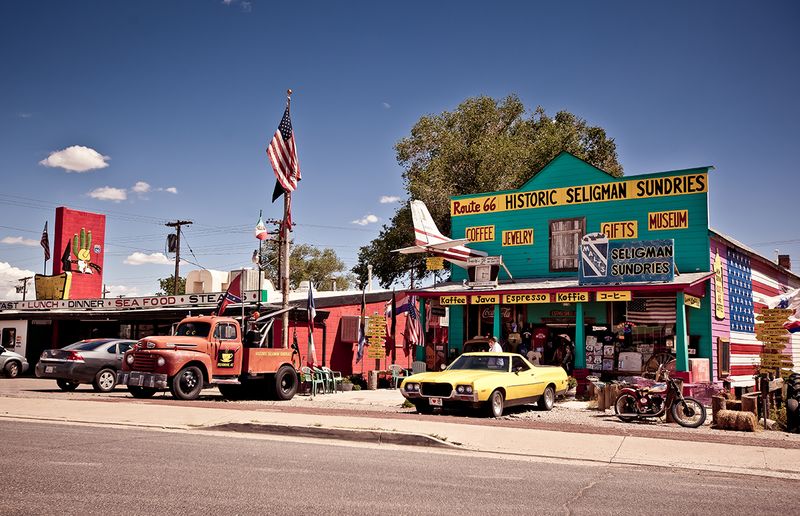
The spirit of adventure and Americana is encapsulated in Route 66. Known as the “Main Street of America,” this historic highway was once a vital artery across the country. Stretching from Illinois to California, it carried dreams, commerce, and culture.
Today, Route 66 faces deterioration with the rise of modern freeways. Yet, its roadside diners and nostalgic motels offer a journey back to simpler times.
Driving along its remnants, one can feel the echoes of wanderlust and the pioneering spirit that defined a generation. It’s a drive through history worth taking.
Independence Hall
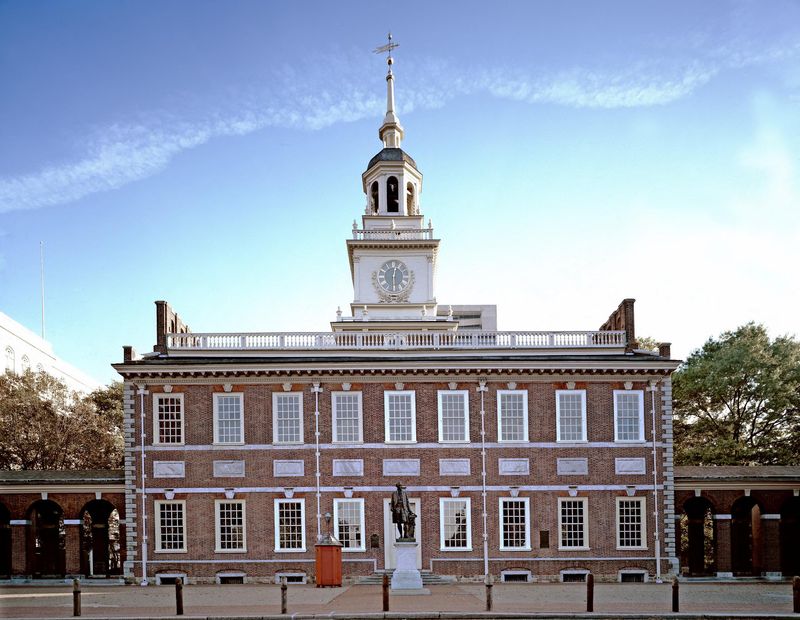
In Philadelphia, Independence Hall stands as a beacon of freedom and democracy. This is where the Declaration of Independence and the U.S. Constitution were debated and adopted. The building’s Georgian architecture is both grand and solemn.
As visitors step inside, the weight of history is tangible. However, environmental factors threaten its preservation.
Independence Hall is a pilgrimage site for those who wish to connect with the roots of American governance. It’s a place where visionary leaders once gathered to change the course of history, inspiring future generations.
Mount Rushmore
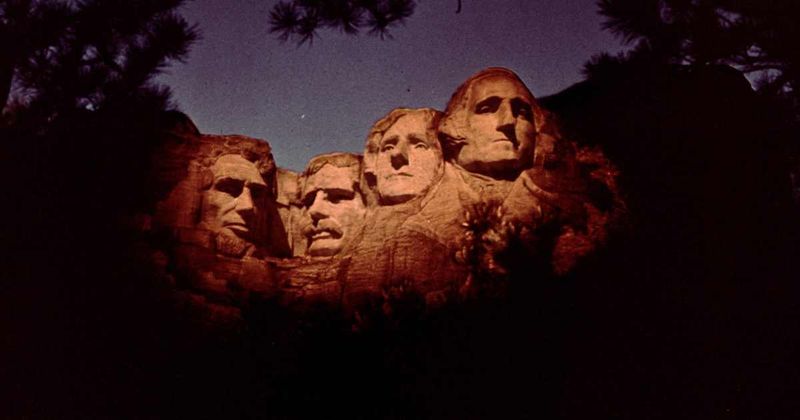
Carved into the granite face of the Black Hills, Mount Rushmore is an iconic American monument. It commemorates four U.S. presidents who’ve shaped the nation: Washington, Jefferson, Lincoln, and Roosevelt. The scale and artistry of the carvings are impressive.
However, natural erosion poses a threat to this national treasure. Visitors are struck by the monument’s grandeur, as well as the stories behind each president.
Standing before Mount Rushmore, one can’t help but feel a sense of pride and reflection on the country’s journey. It’s a sculptural marvel that merits admiration.
The Alamo
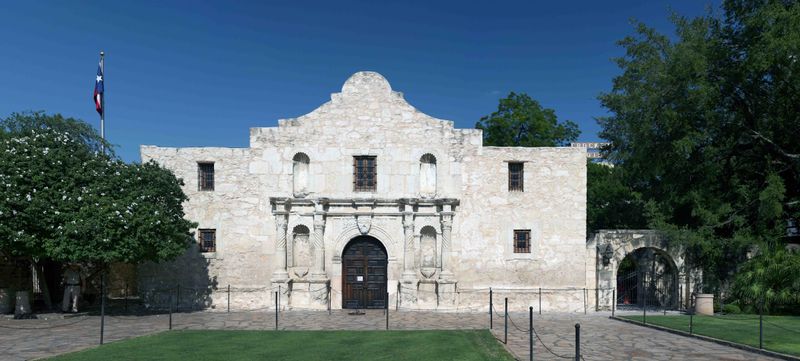
In San Antonio, the Alamo symbolizes the fight for Texan independence. This mission turned fortress was the site of a pivotal battle in 1836. It echoes with tales of bravery and sacrifice.
As urban encroachment looms, preserving its legacy becomes crucial. Visitors pay homage to the heroes who valiantly fought against overwhelming odds.
Standing within its storied walls, one can almost hear the distant sounds of battle. The Alamo is not just a site but a powerful reminder of the courage and tenacity that helped shape Texas’ identity.
Gettysburg National Military Park
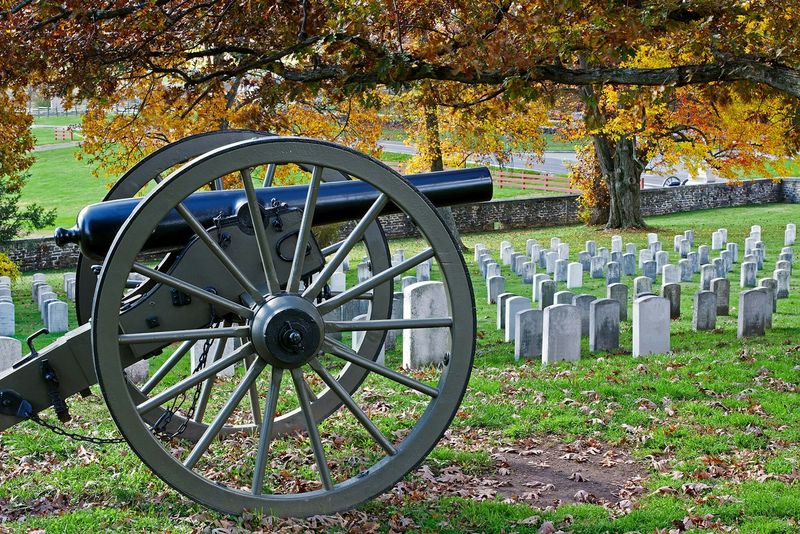
The rolling fields of Gettysburg are etched in the American consciousness as the site of a turning point in the Civil War. This national park honors the soldiers who fought in the pivotal 1863 battle. The landscape is dotted with memorials and cannons.
Visitors can walk the grounds and reflect on the war’s impact on the nation’s history. However, the park faces challenges from environmental degradation and development pressures.
Gettysburg remains a solemn reminder of the sacrifices made in pursuit of unity and freedom, drawing those who wish to honor the past.
Plymouth Rock
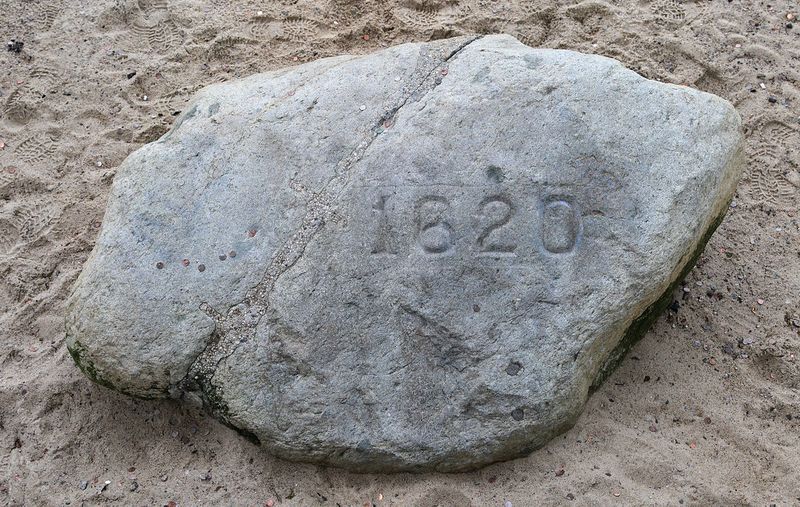
Plymouth Rock, where the Pilgrims are believed to have landed in 1620, is a cornerstone of American mythology. This unassuming boulder represents the birth of a new society. Despite its modest appearance, it holds profound historical significance.
Weathering and coastal erosion threaten this landmark, prompting efforts for its protection. Visitors often find themselves contemplating the early settlers’ courage and resilience.
At Plymouth Rock, one connects with a foundational moment in America’s narrative, gaining insight into the challenges and hopes of the nation’s first European settlers.
Martin Luther King Jr. National Historical Park

In Atlanta, the Martin Luther King Jr. National Historical Park is a tribute to a leader who championed civil rights. It includes the Ebenezer Baptist Church and King’s childhood home. The site offers a powerful insight into his life and legacy.
Visitors can feel the spirit of the movement that sought equality and justice. However, urban pressures threaten its preservation.
This park is not just a tribute; it’s an inspiration for continued social justice efforts. Standing where King once stood, one reflects on the progress made and the journey ahead.
Taos Pueblo
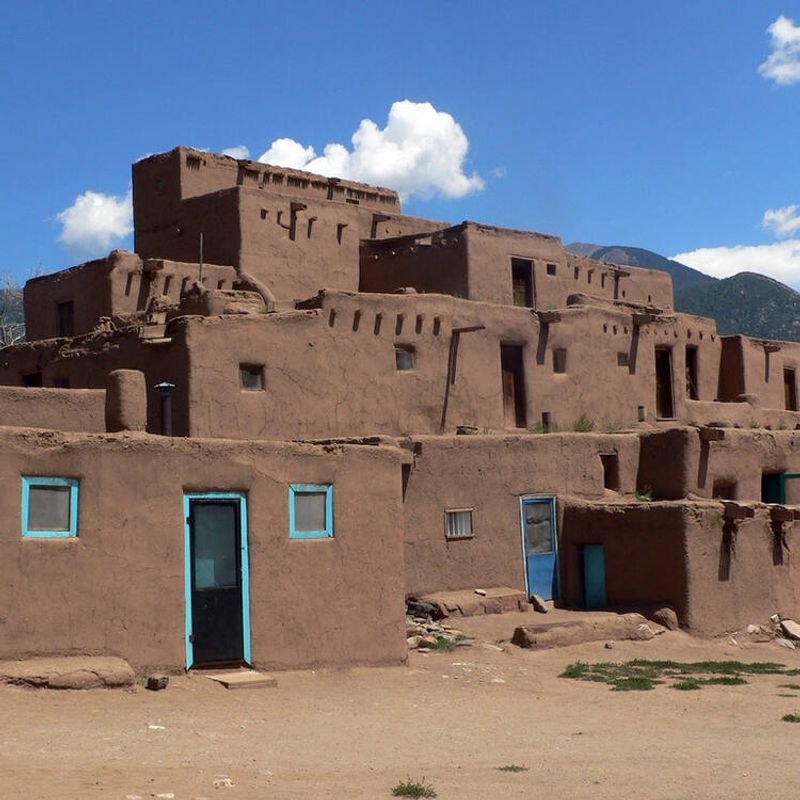
The Taos Pueblo in New Mexico is a living Native American community with roots dating back over a thousand years. Its multi-storied adobe buildings are a testament to the ingenuity of its inhabitants. The Pueblo is both a cultural and architectural wonder.
With changing environmental conditions, preserving its structure is a growing challenge. Visitors are welcomed to experience the vibrant traditions and history firsthand.
The Pueblo stands as a symbol of endurance and cultural continuity, offering a unique glimpse into the life of its people across centuries.
Monticello
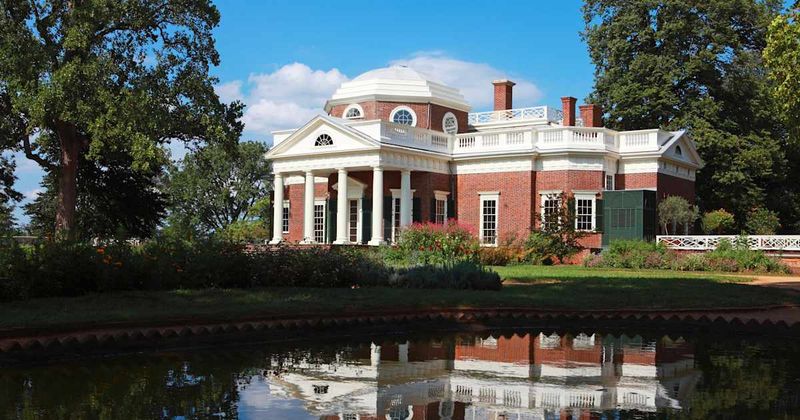
In Virginia, Monticello, the plantation of Thomas Jefferson, showcases the genius of its owner. The neoclassical architecture reflects Jefferson’s ideals and innovation. As the author of the Declaration of Independence, his home is imbued with historical significance.
Visitors can explore the house and gardens, gaining insights into Jefferson’s world. However, the estate faces maintenance challenges and the pressing need for historical accuracy.
Monticello is more than a home; it’s a window into the mind of a founding father and a testament to American ideals.
Statue of Liberty
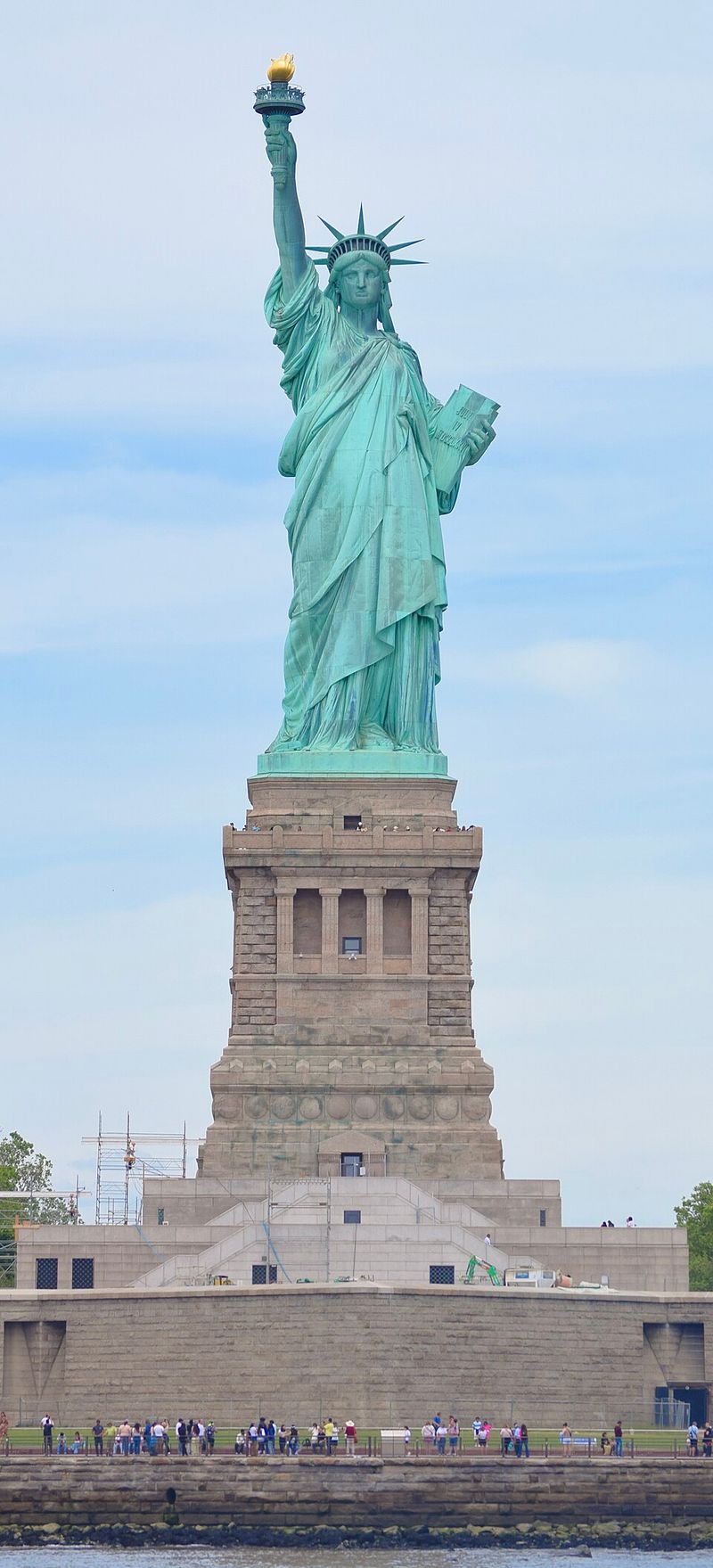
Standing tall in New York Harbor, the Statue of Liberty is a universal symbol of freedom and democracy. Gifted by France in 1886, the statue welcomes immigrants with its message of hope. Its neoclassical design is both majestic and inspiring.
However, environmental threats could impact its future. Visitors ascend to the crown for panoramic views and a sense of the journey to freedom.
The statue is a powerful emblem of the ideals upon which the nation was founded, inspiring visitors from around the globe.
Fort Sumter National Monument
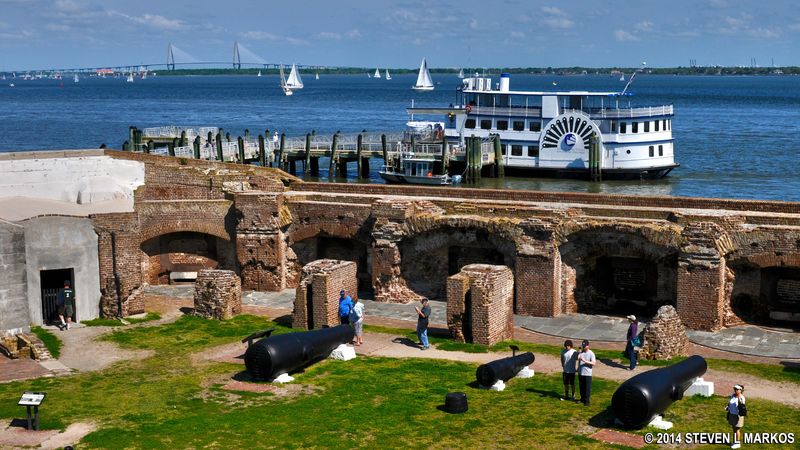
Guarding the entrance to Charleston Harbor, Fort Sumter is where the first shots of the Civil War rang out. This monument stands as a poignant reminder of a nation divided. The fort’s ruins tell stories of conflict and reconciliation.
Erosion and rising sea levels pose significant threats to its preservation. Visitors relive the momentous events that ignited America’s deadliest war.
Fort Sumter is more than a relic; it’s a site of reflection on the costs of division and the enduring quest for unity.

